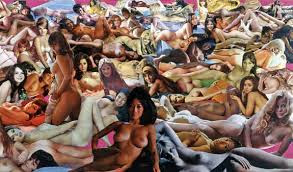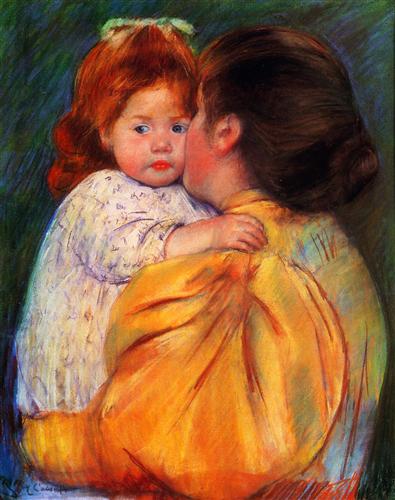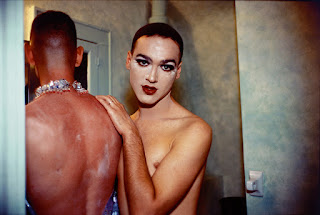Dorothea Lange is a American photojournalist known for her work during the Great Depression. She started as an independent photographer in San Francisco. Her studio catered to the social elites as such once the stock market fell, her studio also started to fail. In 1935 she joined the Farm Security Administration to document on the living conditions in rural areas. Her photographs portray the struggles rather the ubiquitous despair experienced by the Americans in the Mid-west during this troubling time. An important thing to note is that she would not take photos unless if the subject were unaware of the camera or had grown to used to her.
Within the black and white specs of her photographs, viewers see a glimpse of the desolation in all necessities including food and shelter, where individuals worried whether or not their families may live to see another day. Individuals whom scramble just to eat.
Migrant Mother, Nipomo, California
1936
Miss Lange account when she took this photograph is as follows: I saw and approached the hungry and desperate mother, as if drawn by a magnet. I do not remember how I explained my presence or my camera to her, but I do remember she asked me no questions. I made five exposures, working closer and closer from the same direction. I did not ask her name or her history. She told me her age, that she was thirty-two. She said that they had been living on frozen vegetables from the surrounding fields, and birds that the children killed. She had just sold the tires from her car to buy food. There she sat in that lean- to tent with her children huddled around her, and seemed to know that my pictures might help her, and so she helped me. There was a sort of equality about it. (From: Popular Photography, Feb. 1960).
The Migrant Mother photograph in my opinion carefully shows the desperation of the mother to provide for her children. The struggle depicted by the malnourishment and the stress lines in her forehead to make ends meet. Explicit by the rumpled and torn clothing.
Daughter of Migrant Tennessee Coal Miner Living in American River Camp near Sacramento, California
1936
This photograph shows the poor living conditions of the miners trying to make ends meet. The individual is living out of a tent struggling to look forward to another day because she only sees a pit she and her family cannot get out of.
Child and Her Mother, Wapato, Yakima Valley, Washington
1939
Despite it being a picture of farmland, the lack crops and despair on both the child and the mothers face depict the loss of hope to make a recovery from the life they struggle to endure. With the child's head drooped and body against the wire could show that this family feels imprisoned by the conditions they have to endure during this period.
































